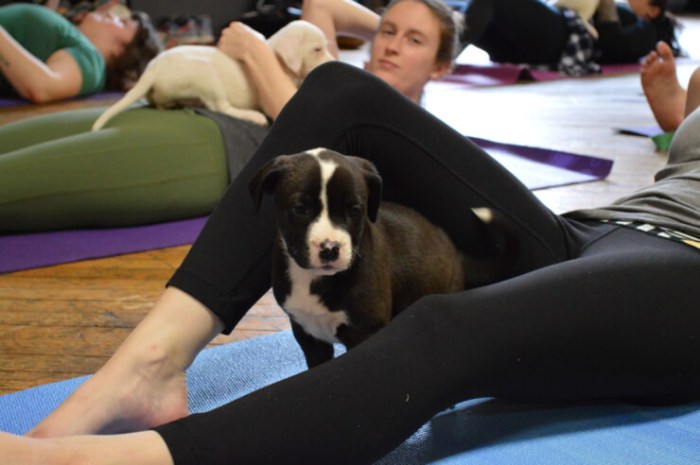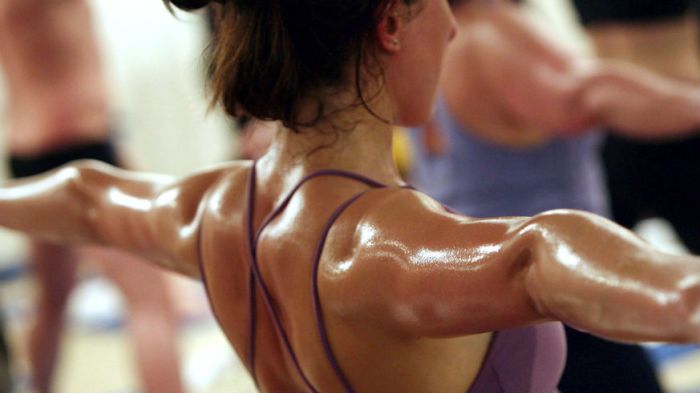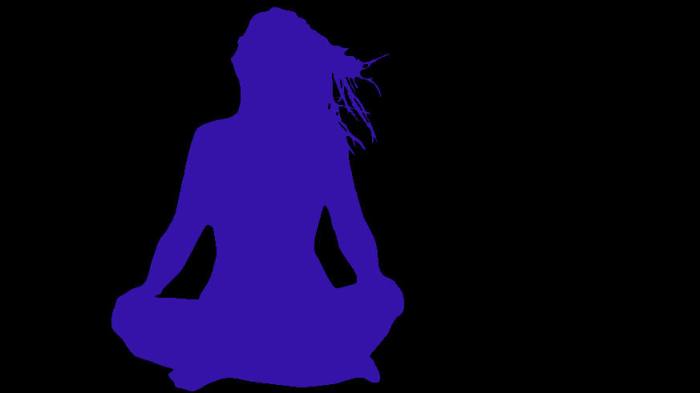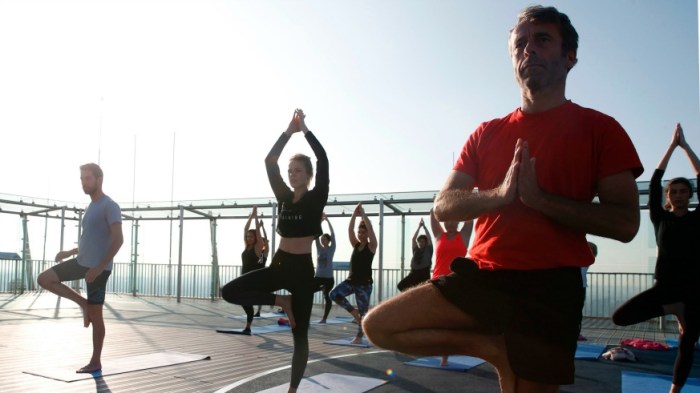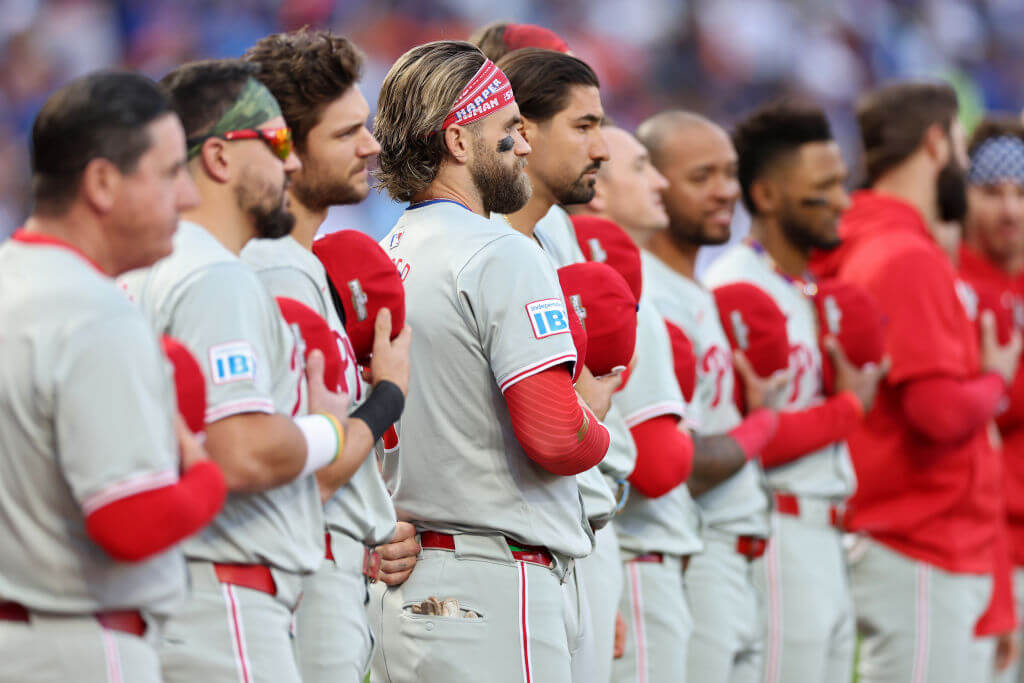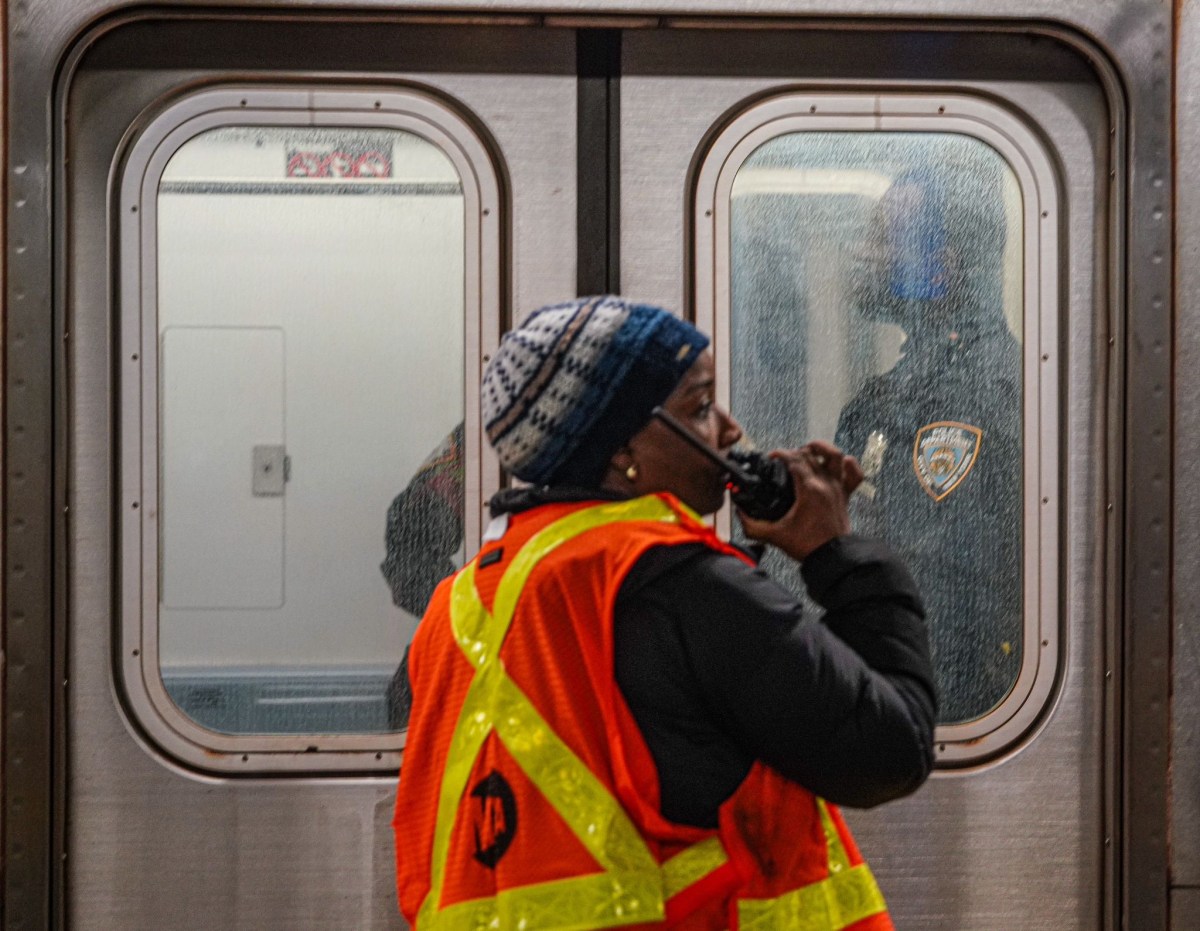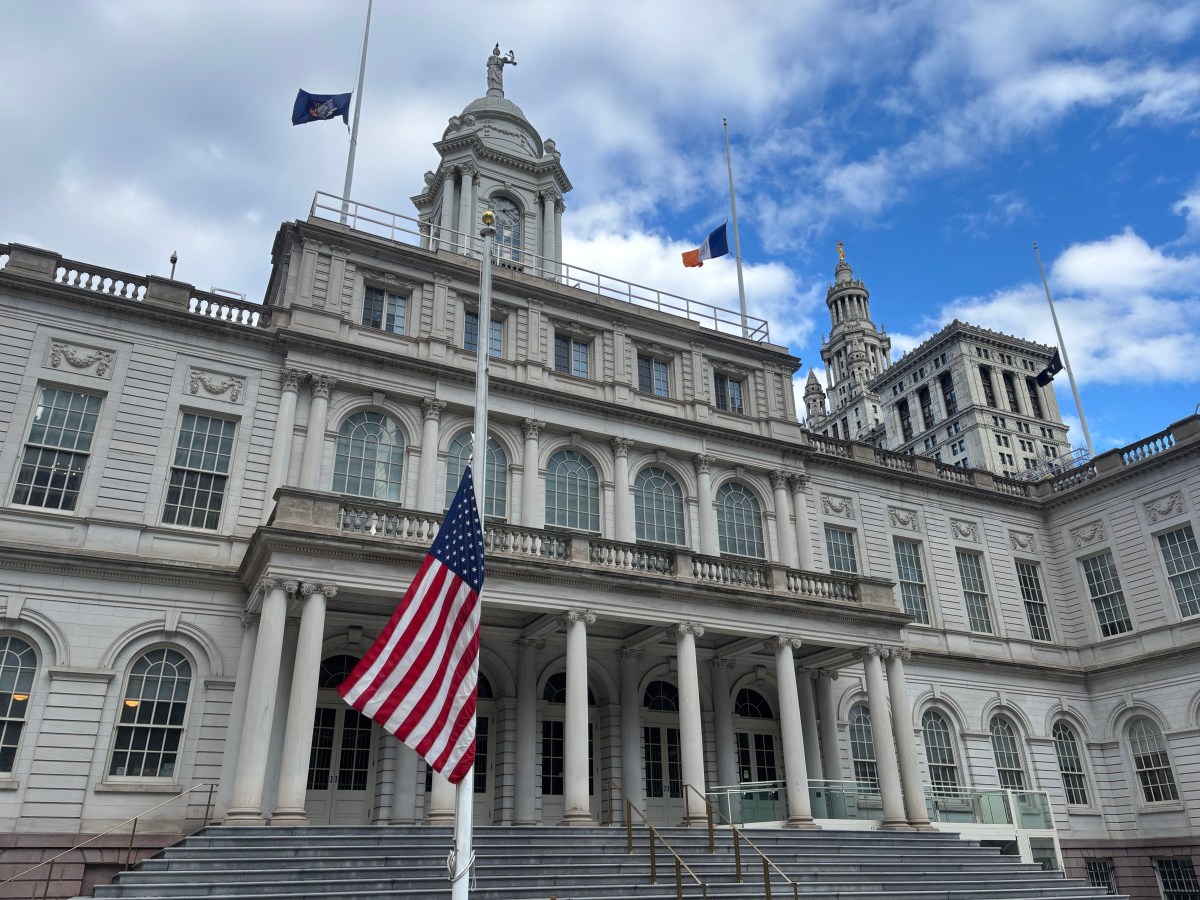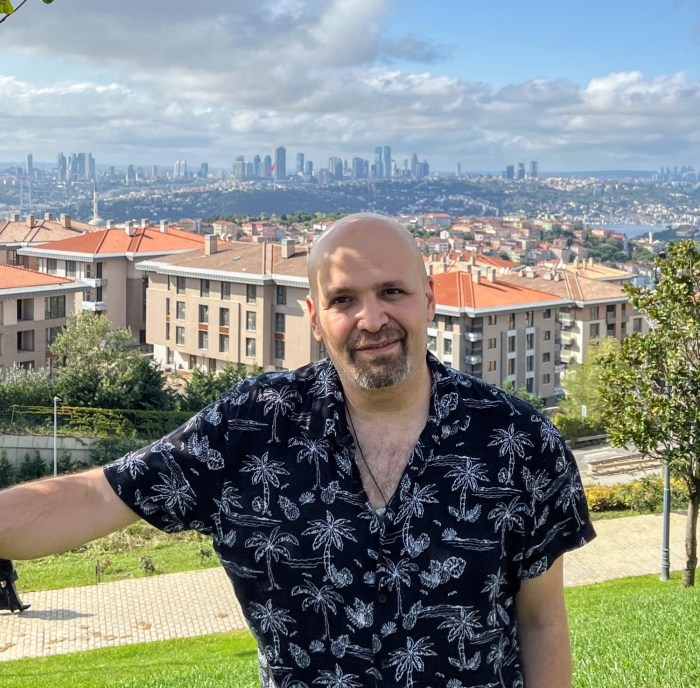Sometimes in freshman biology, we’re taught that sound is actually vibrations traveling through the air. But it’s not until the tones of a Tibetan singing bowl start resonating deep in your bones that the concept makes sense. Then you open your eyes, lock gazes with a smiling buddha statue, and maybe understand a little more about the culture that created it.
Sara Auster, a renowned sound therapist and meditation teacher who led a recent Sound Bath session at Manhattan’s Rubin Museum of Himalayan art, knows that feeling. “There’s a statistic where people only spend maximum 15 seconds in front of any one work of art, snapping pictures and trying to see as much as possible, but that’s an overload that might even cause museum fatigue,” she says. That doesn’t leave much time for understanding or contemplation, especially when artworks are bound up in history, philosophy and a culture completely different from our own.
But attending a wellness class before experiencing the museum — the Rubin holds various weekly classes and special sessions tied to new exhibits — can enhance your experience of the art. “If you give yourself the opportunity to just be quiet and receptive,” Auster continues, “it does shift your awareness, heighten your senses so when you come back into the world it’s as if you’ve cleaned your glasses off and you have a fresher perspective.”
This is especially true when the wellness practice ties into the art on display, says Dawn Eshelman, the Rubin’s head of programs. “At the Rubin Museum, there is a direct cultural connection as well, because modern American yoga and mindfulness have their roots in the Himalayan region,” she says. “They can holistically look, learn, and practice, all in one place.”
Getting into the right mindset
Yoga, meditation and other forms of exercise (physical and mental) are all the rage in museums. But the most rewarding sessions have nothing to do with how much you sweat — it’s using your newfound zen to experience the museum in a whole new way.
Exercise (yes, even meditation) have all kinds of beneficial effects on the body and mind that make you more receptive — and maybe even perceptive — to art.
There’s a reason for this connection: When your heart pumps more blood to your muscles and brain, it’s literally expanding your mind by giving it more oxygen. The initial spike of adrenaline and cortisol (the stress hormone) clears your mind because your body thinks you’re preparing to deal with a threat.
Once it realizes you’re not going to be eaten by the lion in that painting, your body releases endorphins, the happiness hormone that reduces pain and boosts your mood — the perfect setup for jolting you out of the daily funk and ready to see the world in a new way. Using your body, as well as the meditative elements of certain classes, may also have you approaching the art in a less logical and more intuitive way, allowing it to speak to you rather than trying to divine some specific meaning from it.

Guiding your way
The Brooklyn Museum’s Beaux Arts Court, located on the third floor with a giant skylight for a ceiling, is practically made for saluting the sun. The museum started holding regular Art & Yoga classes in November 2017 one Saturday a month thanks to a partnership with Adidas.
“We’ve done a lot of movement-based programming in our Beaux Arts Court, and every time we do it visitors love it,” says Lauren Argentina Zelaya, assistant curator of public programs at the Brooklyn Museum, describing the setting as “ideal for reflection.”
After the hour-plus session of stretching and mindful meditation, participants may explore the museum freely. But curators also nudge them to certain pieces with a tip sheet profiling two or three “contemplative objects” for them to find and explore.
The Museum of Modern Art adds another rare commodity in New York to help you appreciate the art: no crowds. At its popular Quiet Mornings program, which take place the first Wednesday of every month before the museum opens, guests can explore select galleries starting at 7:30 a.m. Being alone with the art allows you to become more absorbed in it, then continue your contemplation with a half-hour guided meditation session at 8:30 a.m.
Taking the pressure off
The benefits of combining wellness and art work the other way, too. Going to a gym or studio can bring emotional baggage with it, whether it’s doing every move perfectly or just wearing the “right” clothes.
“What’s really exciting to me is making these practices really accessible, and that’s what happens when you take it out of a traditional setting: people who otherwise wouldn’t be interested are now coming. ‘Sure, I’ll try it. It’s at MoMA? I’ll go,’’’ says Auster. “The pressure’s off, there’s a lower expectation and an ability to just be more open and receptive to having a new experience.”

